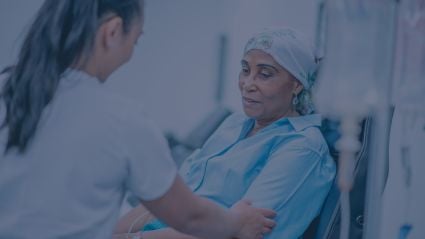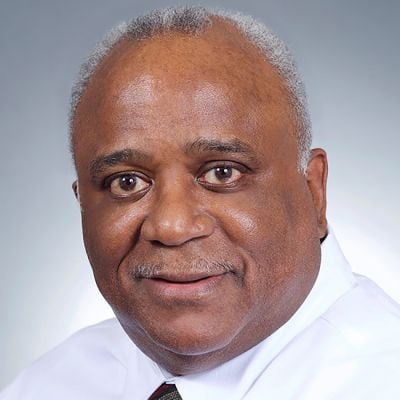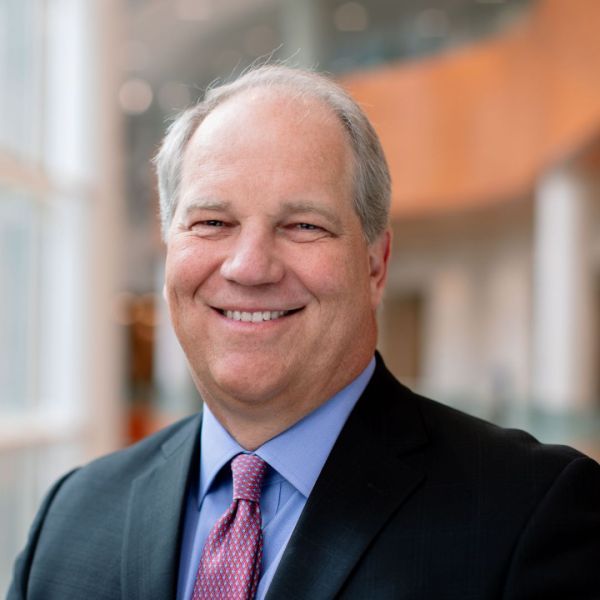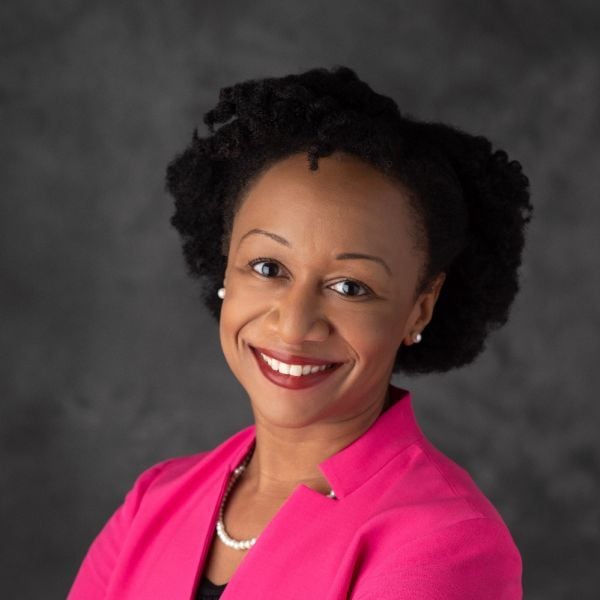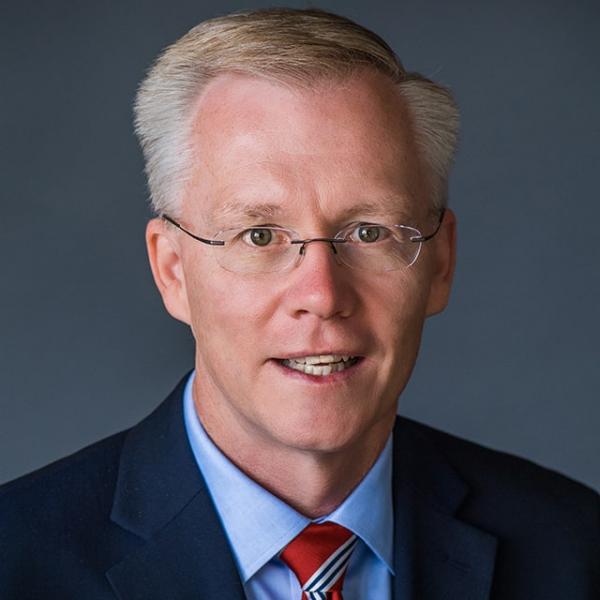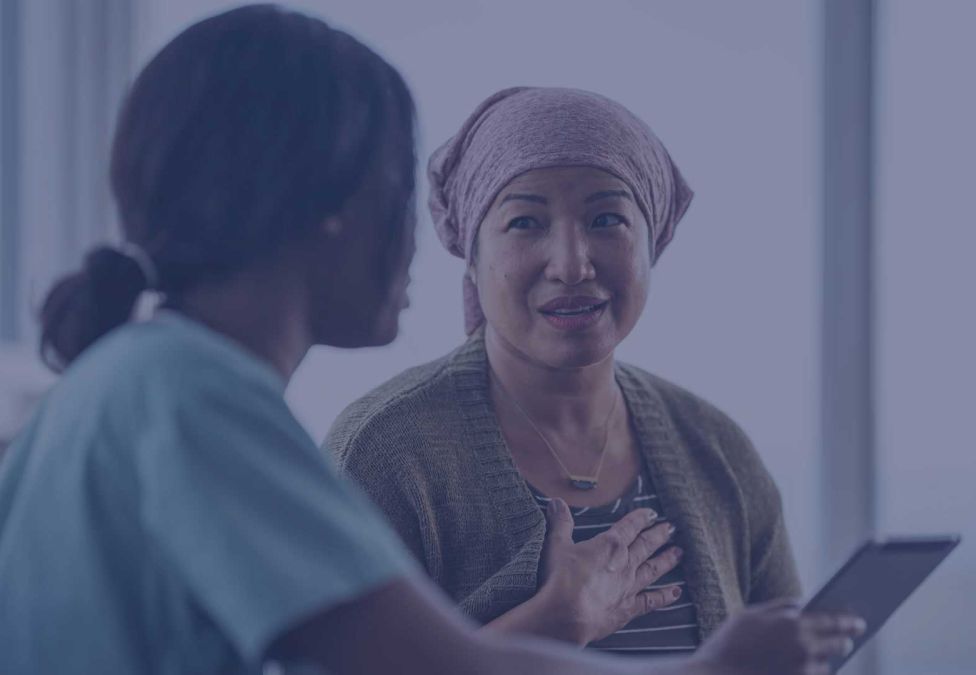
You have cancer. Three words you hope never to hear from your physician. Three words that elicit fear, anxiety, and many questions. What will the treatment be like? Can I continue working? How will my family cope? Will I survive?
You have cancer. Three life-altering words.
But the words you hear next are the ones that matter most. Words that explain how and where you will be treated, what therapies will be used, your chances for survival, and whether there are promising drugs in development you can try. Yet all of that information will vary widely depending on your race and ethnicity, where you live, and your economic status.
Cancer does not discriminate. Even with great strides in cancer research, screening, and development of new treatments, not everyone has access. There are clear disparities in care and outcome, particularly for underserved minority and rural populations, according to a 2020 article in The New England Journal of Medicine.
It's our moral obligation to continue pushing for policies that make cancer care more affordable and more accessible.
While major cancer centers deliver cutting-edge therapies and care, many patients do not live near these hospitals. A new study in an American Association for Cancer Research journal found that 15 percent of US counties are in areas uncovered by a cancer center, which means over 25 million Americans may be excluded from state-of-the-art cancer care: care that can mean the difference between life and death. Even if patients have cancer centers nearby, they may face cultural or cost barriers that prevent them from benefiting from the latest treatments.
These are big challenges indeed, and we’re not going to solve them overnight. But health-care and advocacy-focused organizations can and will continue to fight for change. And we need your help. Here are three actions that are essential to ensuring that underserved patients can access the cancer treatment and support they need.
Targeted Outreach in Underserved Communities
Diversity, equity, and inclusion in health care means so much more than translating materials or hiring diverse staff to connect with diverse patients. It requires thoughtful, deliberate strategies to reach underrepresented patients where they live—whether in rural or urban areas. For example, we know that Black Americans have at least double the incidence of myeloma as any other race or ethnicity and face additional barriers to care. A free educational and outreach program like Myeloma Link gets needed information to those in Black communities nationwide.
Of course, it’s important that health-care providers are aware of the latest cancer treatments and resources so they can inform patients. Educational programs for community health workers can highlight breakthroughs and support services; presentations focused on equity at provider associations and patient advocacy groups can bust myths and assumptions and clear up misconceptions about clinical trials.
Expand Access to Clinical Trials
Clinical trials can provide great hope for cancer patients—and not just as a last resort. Clinical trials are also a key step in advancing new cancer treatments. But since they’re usually offered at major cancer centers, patients in rural and other underserved communities may not have the means or the time required to travel to and participate in trials far from home.
We must find ways to bring clinical trials into patients’ neighborhoods. For example, programs like The Leukemia & Lymphoma Society’s Impact Research Grants enable major medical centers to bring their clinical trials to community oncology centers so that more underrepresented patients can participate.
Advocate for Patient-Focused Policies
Advocacy at the federal and state level is key to achieving true health equity—and together we must pursue policies that make care more accessible to all patients.
After years of advocating for Medicare reforms alongside cancer patients, volunteer advocates, and other health-care organizations, we celebrate that the recently passed Inflation Reduction Act of 2022 includes an out-of-pocket limit in Medicare Part D and extension of premium subsidies that have made quality insurance more affordable for lower-income patients. A major win, but not enough.
As health-care advocates and partners, it's our moral obligation to continue pushing for policies that make cancer care more affordable and more accessible for our underserved communities. True health equity will take time, but we can get there. Together.

